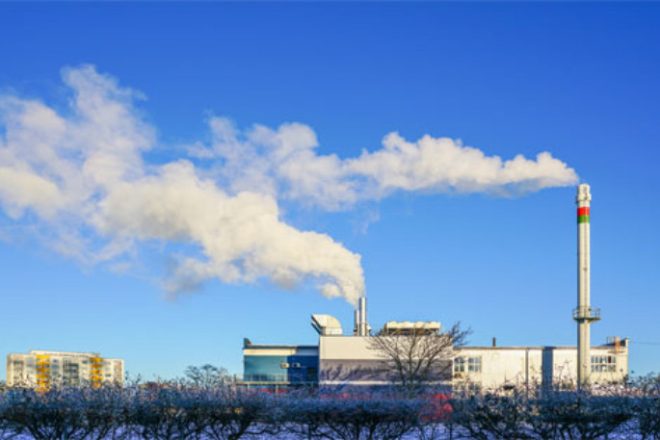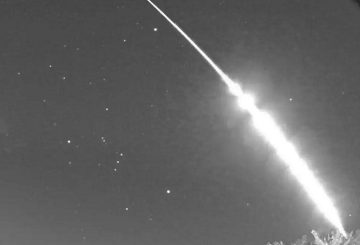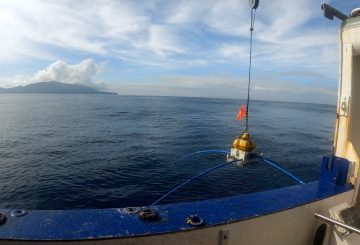Một báo cáo cho thấy các trang trại ở New Zealand có thể giảm phát thải khí nhà kính bằng cách tìm nguồn cung cấp phân bón thông thường từ các mỏ địa phương thay vì nhập khẩu “phốt phát máu”. Báo cáo được viết bởi công ty khai thác L&M Group và công ty tư vấn Agribusiness Group, được tài trợ bởi Thử thách Khoa học Quốc gia Our Land and Water được tài trợ công khai.
Phốt phát, chiếm khoảng một nửa lượng phân bón được sử dụng ở New Zealand, giúp cây phát triển nhưng cũng có thể gây ô nhiễm đường thủy nếu sử dụng quá mức. Một nghiên cứu quốc tế được thực hiện bởi các tác giả từ New Zealand và Anh cho thấy nhiều nông dân trên toàn thế giới sử dụng quá nhiều phốt phát, gây ô nhiễm không cần thiết. Trong khi đó, những người khác không sử dụng đủ để tối đa hóa sản lượng lương thực của đất đai của họ. Nghiên cứu cũng cảnh báo rằng phốt phát, không thể tái tạo, nên được sử dụng ít hơn để tồn tại hơn 500 năm.
Năm 2021, New Zealand là nhà nhập khẩu phốt phát lớn thứ chín trên toàn cầu, mang về khoảng 700.000 tấn. Hơn một nửa trong số này đến từ Morocco, tiếp theo là Togo và Trung Quốc. Một cuộc điều tra năm 2018 của Stuff cho thấy nguồn cung phốt phát của Ma-rốc có liên quan đến một cuộc khủng hoảng nhân đạo lâu dài ở Tây Sahara, một khu vực mà Morocco sáp nhập vào những năm 1970.
Nghiên cứu ở New Zealand, hoàn thành vào tháng 12, đã khám phá khả năng khai thác phốt phát tại địa phương, một ý tưởng mà Tập đoàn L&M đang xem xét. Báo cáo tuyên bố rằng việc khai thác phốt phát ở New Zealand sẽ có khoảng một nửa tác động nóng lên toàn cầu của việc khai thác và vận chuyển phân bón nhập khẩu hiện đang được nông dân sử dụng.
Báo cáo cũng nhấn mạnh những lợi ích đạo đức của việc khai thác mỏ tại địa phương, nói rằng nó sẽ giải quyết hiệu quả các vấn đề chính trị và xã hội liên quan đến việc sử dụng “phốt phát máu” từ Tây Sahara. Tuy nhiên, nó thừa nhận rằng khai thác mỏ mở, tương tự như khai thác đá vôi, sẽ có tác động đến môi trường.
Báo cáo cũng gợi ý rằng New Zealand có khả năng tạo ra một dạng phân bón giải phóng chậm hơn, sẽ ít có khả năng tràn vào hồ, sông và tầng chứa nước. Theo Stats NZ, 64% chiều dài sông có nồng độ phốt pho ở mức gây rủi ro môi trường.
Tập đoàn L&M đã xác định các mỏ phốt phát tiềm năng ở Clarendon, Otago, North Canterbury và Kaikōura.





























































